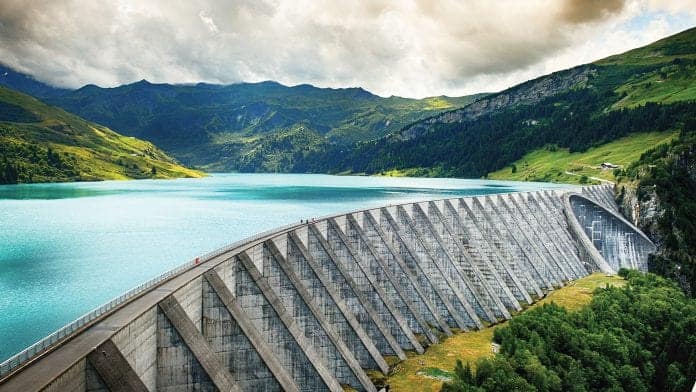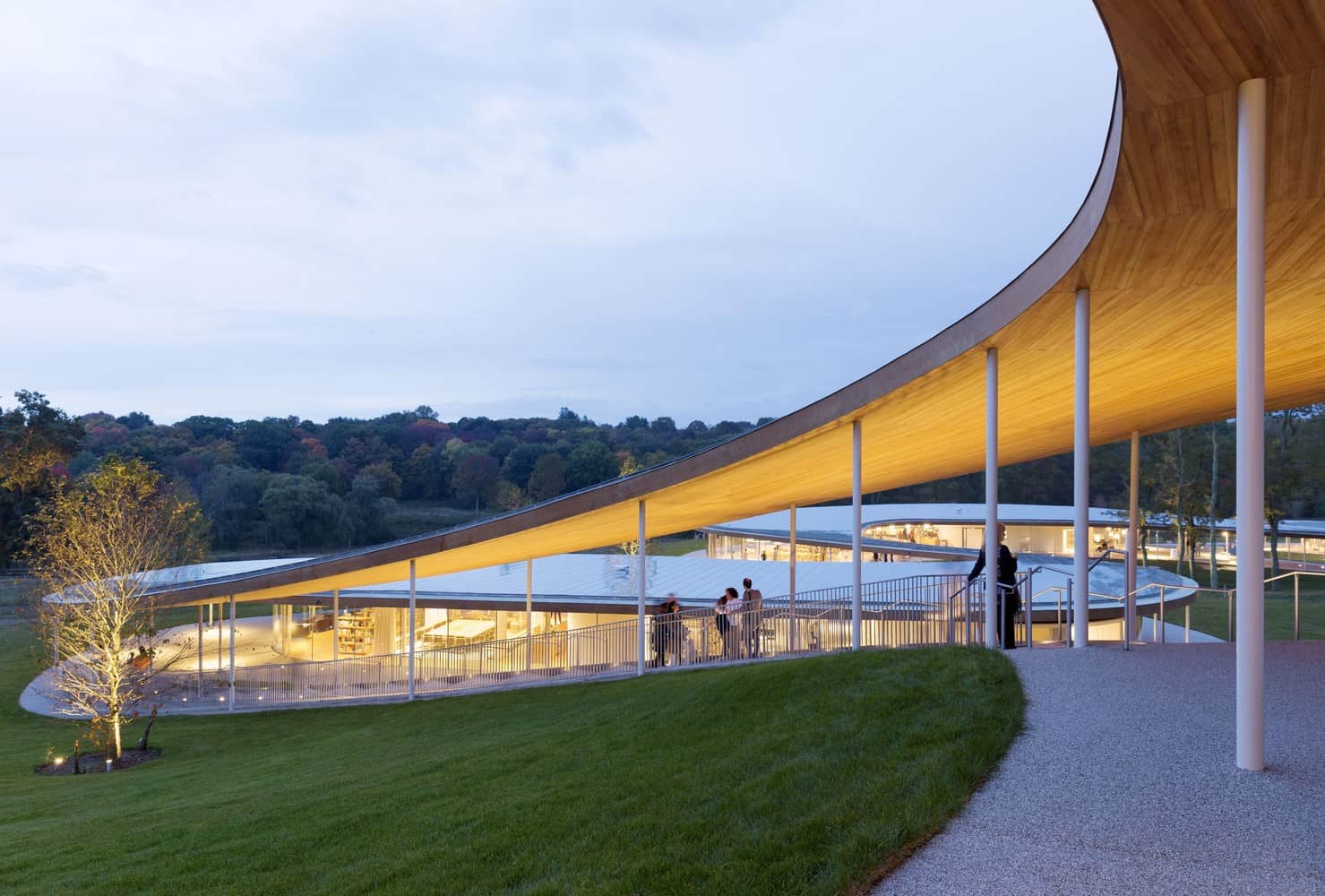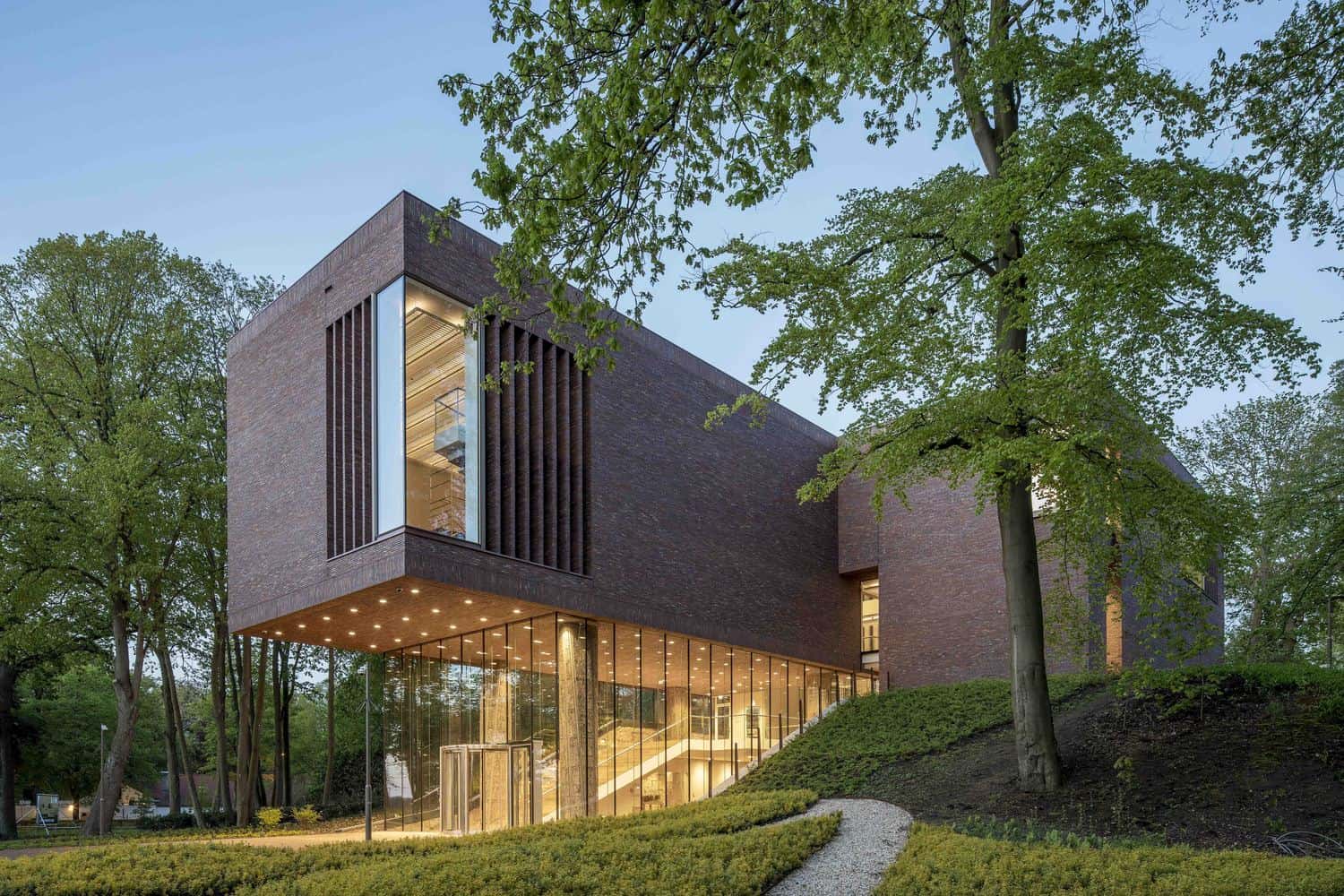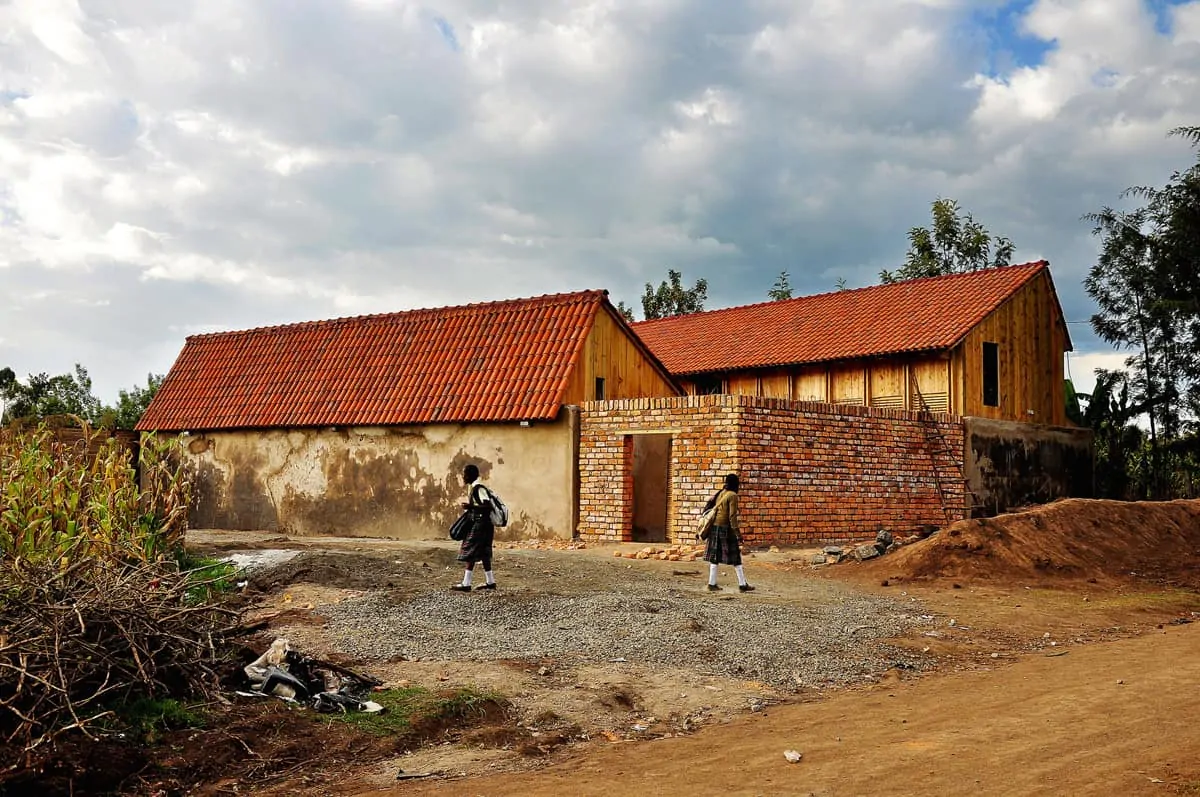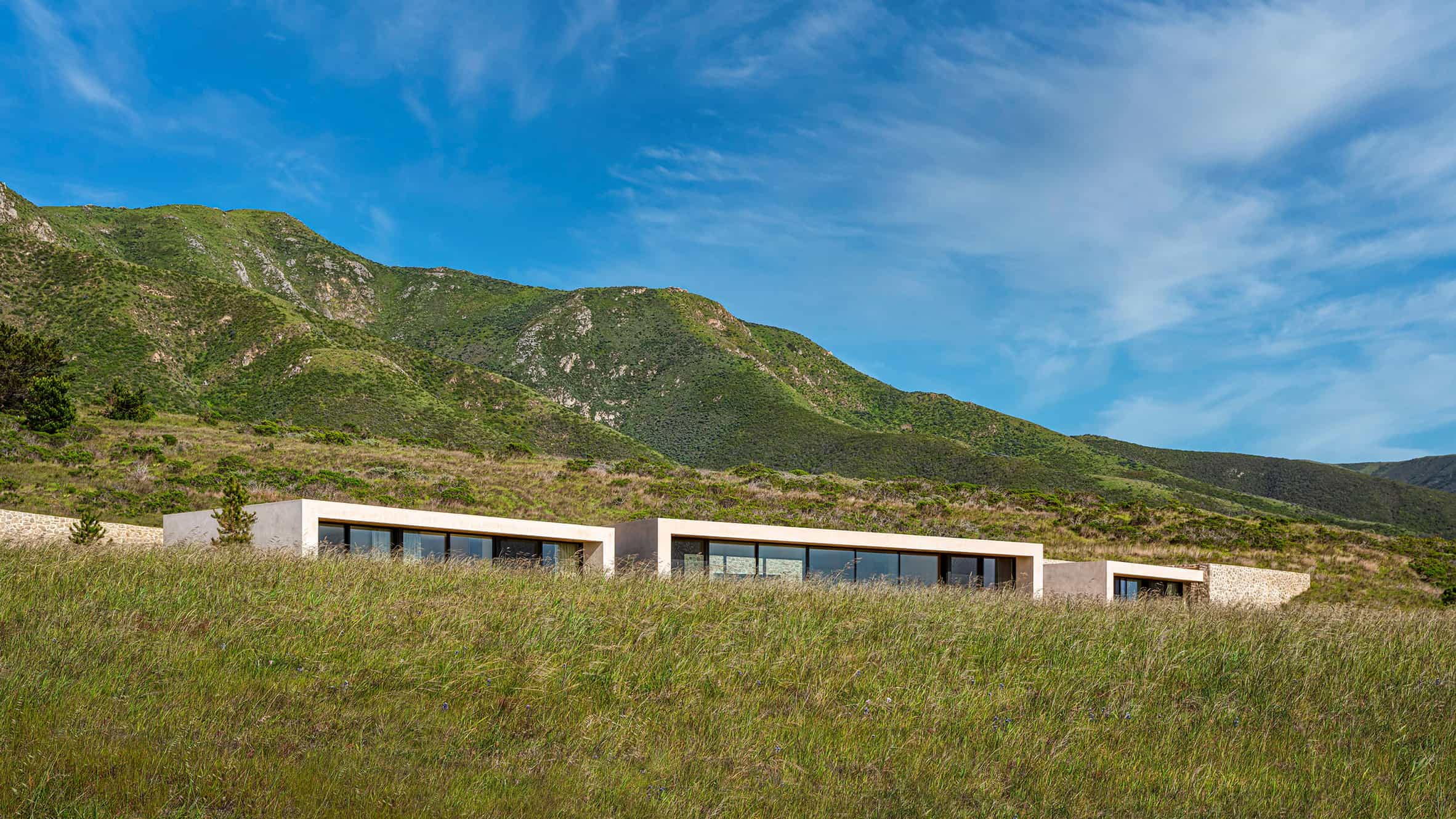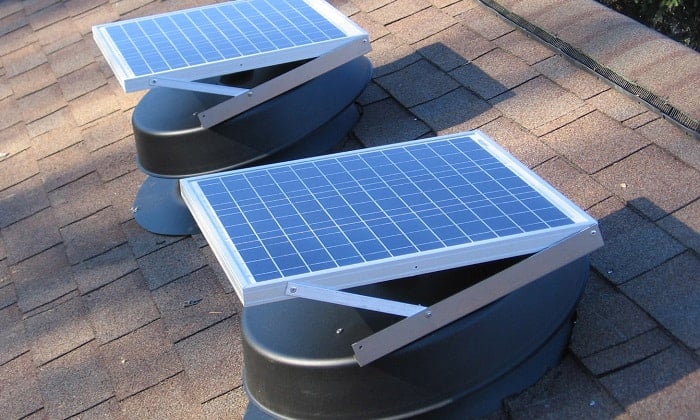Hydropower is perhaps the most common and widely-used source of renewable power. Because of this, hydroelectric power has been known for more than 2000 years. During that time, ancient Greeks would use water wheels to grind grains to flour – a practice that the Chinese dynasty of 150AD did as well. Though rudimentary, it paved way for the first conception of the movement of turbines thanks to the kinetic energy present in free-flowing water.
Centuries later there was no innovation in hydro power until about the 1750s when French engineer Bernard Forest de'Belidor wrote a book about hydro (L'Architecture Hydraulic), but most people still fancied using mechanical hydropower for milling and pumping. However, in 1832, Michael Faraday took it upon himself to conceptualize the modern-day hydroelectric power. It took more than 50 years for his invention to come to fruition. It took 46 years for William George Armstrong from Northumberland, England to take up Faraday's work and use hydroelectric power to light up his art gallery with the help of a single lamp.
After that successful project, countries begun constructing dams to produce large scale electricity to power the ever-increasing factories. In 1882, the first hydroelectric power station was constructed in Appleton, Wisconsin, USA. The station produced 12.5KW. In the next 2-3 years there were about 45 stations in USA and Canada and 7 years later (1889) the stations increased to more than 200 in US alone.
Most countries continued to construct stations because of increasing demand, and in 1905 China constructed a 500KW power plant. The Hoover Hydroelectric Dam in Colorado was built in 1936 producing 1,346MW which at that time had the highest capacity. The production was increased to 2,080 MW later on but was surpassed by the Grand Coulee Hyrdoelectric Dam in 1942 which had a capacity of 6,809MW.
During these years more hydroelectric stations were set up around the world and in 1984 the largest dam in the world, Itaipu, was constructed in Brazil with a power capacity of 14,000MW. In 2008, China built the Three Gorges Dam which has a capacity of 22,500MW making it the largest hydroelectric dam in the world in terms of energy capacity.
With the figures mentioned above, it is easy to see why hydroelectric power is the most widely used renewable energy. China has the largest hydroelectric production with almost half of all world power coming from the Asian country. Some countries such as Paraguay and Brazil heavily rely on hydroelectric power such that 85% of their electricity is powered by the dams. In the US, 17% of its electricity is powered by hydro energy which also covers 70% of their renewable energy.
How Hydroelectric Energy Is Generated
Since it relies on the kinetic energy of moving water, hydro power stations are constructed along large water bodies like falls, rivers and lakes. A dam is constructed on one side to raise the level of water then it's blocked by a gate to prevent it from rising over the top. Down below, a small entrance is created through the dam so that the water passes through it in high pressure.

A turbine is installed at this point so that as the water passes through it moves the turbines which are connected to a generator which turns the hydro energy to electrical energy. The electrical energy is then ready to be transmitted to substations and finally to our homes as electricity. Back at the dam, after the water passes through the turbines, it simply goes back to the river and flows as usual.
Reasons for Fast Growth of Hydroelectric Power
1. Demand from Rising Economies
Rising economies are heavily investing in construction projects, and despite the huge sums they keep pouring for the development of their countries, they also require cheap and reliable sources of energy. Hydroelectric power gives them just that. Even though initial costs may be high, it is usually worth the effort because such projects are usually long-term and their return on investments will bring positive results in their countries. This is true because hydropower is cheaper than the oil and gas and the because it is readily available. These are just some of the reasons why most countries go the hydroelectric power way.
2. Support from World Bank and International Funding Institutions
Since most high-profile investors are also vying for green energy production, top banks and institutions have been lending money for the development of hydroelectric power making most projects to pick up pace. More than $2 billion has been spent on such projects to ensure the projects are fully funded. This has ensured most projects, especially those that had stagnated to pick up and be completed thereby producing power and promoting the economies of those countries.
3. Multilateral Goals and Agreements
There have been several international summits and conferences to create awareness about hydroelectric energy. In these meetings, the benefits and disadvantages of hydropower have always been highlighted in contrast to other sources of energy such as nuclear energy. Since the pros surpass the cons, the agreements have concluded that hydropower is worth the shot. Some of the notable reasons highlighted include the fact that it is renewable, cheap, and widely accepted.
This means that it will never get depleted and has very little carbon emissions on top of being sustainable. It's also easier to construct compared to others like geothermal. In addition, since it is used in most countries all over the world, it is also widely accepted unlike other sources of energy such as nuclear energy which will be met with skepticism especially since disasters such as the Chernobyl accident could always happen again.
4. Trade from Developing Countries
When countries agree to trade, there is an increase in business activities which leads to increased demand for electricity especially in the manufacturing sector. The need to supply the growing industries with power has enabled them to turn to hydroelectric power as an environment-friendly source of electricity. Some countries request for international funding and others choose to build from their own pockets. Regardless, such trades are the driving factors for the increasing hydro power stations around the world.
The Future Outlook
For the most part, there's a lot of positive outlook due to untapped potential in most countries. Reports show that 71% of Europe has not yet tapped its hydroelectric power while in North America and South America, these figures stand at 75% and 79% respectively. Asia-Pacific region follows next with 82% and 95% of untapped power in both Africa and Middle East. That amounts to an average of 83% of global hydroelectric power which remains untapped. From this it's safe to say that even 60% of the energy is enough to power the whole world.
Despite this though, some countries have little growth due to having utilized a lot of their energy reserves already. A country such as Switzerland has already tapped 88% and Mexico follows with 80%. Other countries which use hydroelectric in large amounts include Norway, Democratic Republic of Congo (DRC), Paraguay and Brazil. These countries rely on hydropower for up to 85% for their electricity.
Currently, hydroelectric power supplies almost 20% of the world's electricity needs and accounts for 70% of all renewable energy sources. North America and Europe are projected to have a slower rate than other parts of the world in future generation of hydro power. This is mainly because they have utilized more than the rest of the world. The International Energy Agency (IEA) projects that by 2050 the world will be able to produce 15,000 Terawatts per hour (TWh) if current production is tripled.
Asia is poised to experience the highest growth in future with countries such as China, Brazil and India being on the leaderboard. Some countries in South East Asia are also experiencing substantial development. These countries include Malaysia, Vietnam and Indonesia which is the 6th largest global producer of hydroelectric energy. Indonesia has a potential to supply 0.39 million Gigawatts per hour (GWh) annually.
China produces highest amount of hydropower but utilizes 41% of its reserves. It has a capacity to produce 1.3 million GWh annually and India which is the second largest at 21% has reserves capable to produce 0.5 million GWh annually. Russia, on the other hand, has the highest power potential in the world and only utilizes 10% of its 1.5 million GWh annual potential. Sadly, Africa is projected to experience a slow growth in hydro power generation and the larger source of its electricity will still come from oil and natural gas in coming years.
Challenges Facing Hydroelectric Power Generation
It is apparent that hydro energy is important in many societies around the world, and it carries a lot of benefits with it. A good example is the Three Gorges Dam in Yangtze river, Hubei province in China. The power plant stretches over a 2.4Km piece of land and produces 84.7 TWh annually, but it was initially created to control floods that destroyed property worth $24 billion.
The production of electricity was thus a bonus point in addition to favorably changing the climate of the region. However, the Chinese dam wasn’t without problems. Millions of people had to relocate and lots of properties destroyed. Other challenges that hydroelectric stations face (and affect future growth) include:
1. Potential Shortage in Technical Skills
So many power plants are being developed all over the world. Places like SE Asia which are constructing many at a go are experiencing shortage of skilled people to work with while the demand for more stations is increasing.
2. Long Decision-Making Is Needed to Receive Permission
There are a lot of regulatory bodies and authorities that determine how the power plants will be constructed. Getting that permission to build takes a lot of time since it's not until a firm gets access that it can move along and build a power plant.
3. Expensive to Install and High Risk
There are uncertainties in building a hydroelectric station and for these large-scale projects the cost is too daunting since most of the costs are upfront. After it's built the cost of operation and maintenance is decreased. The high risks associated are due to the fact the return investments are not clearly outlined until after construction which makes investors wary.
4. Lack of Investment
This is another challenge that firms wishing to build power plants have to face and one that affects the future of hydro. Some regions, especially in Africa, have low receptivity to investors which hinders the growth of this renewable source. Other ways this happens is when funds run low mid-level and no investors are willing to pitch in.
5. Difficulty to Manage Social and Environmental Effects
A case like the millions of people who were displaced in China when Three Gorges Dam was being constructed is among the many challenges that faces regions around dams. People will be forced to relocate, and the nearby forests will have to be cut down to create space for construction. Also, the fact that animals get displaced from their habitat is something environmentalists have questioned. Equally, there is also the risk of floods which can come about when a dam gives in.
6. Potential Impact of Climate Change
Different regions face climatic issues in different ways. For example, despite having the highest power production, the Three Gorges Dam is sometimes outperformed by the Itaipu dam between Brazil and Paraguay. This is because there are some seasons where the lower water levels result in a low power output whereas Itaipu boasts a constant water supply. Drought and unclean water are other issues faced by residents near hydroelectric power plants and they threaten the future growth of hydro energy.
The issues outlined above can be solved by proper planning and with improved innovations. With the highly positive outlook in most regions in the world, then it's no doubt that these issues will have to be solved before moving forward. But despite the challenges, hydroelectric energy is projected to grow by 3-4% yearly till year 2050. This is a sign that the benefits of the energy far surpass the challenges facing geothermal energy, and that is why hydropower continues to dominate as the most preferred renewable source of energy.

